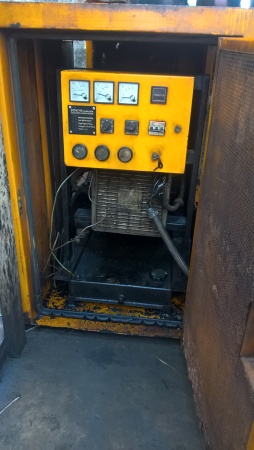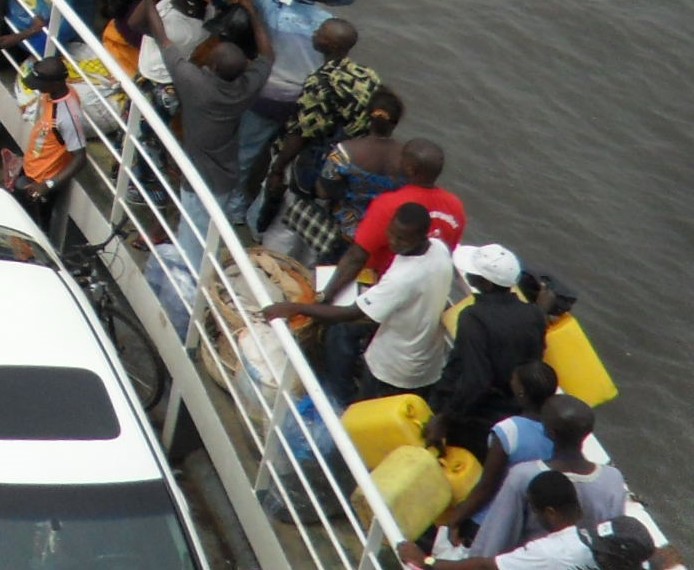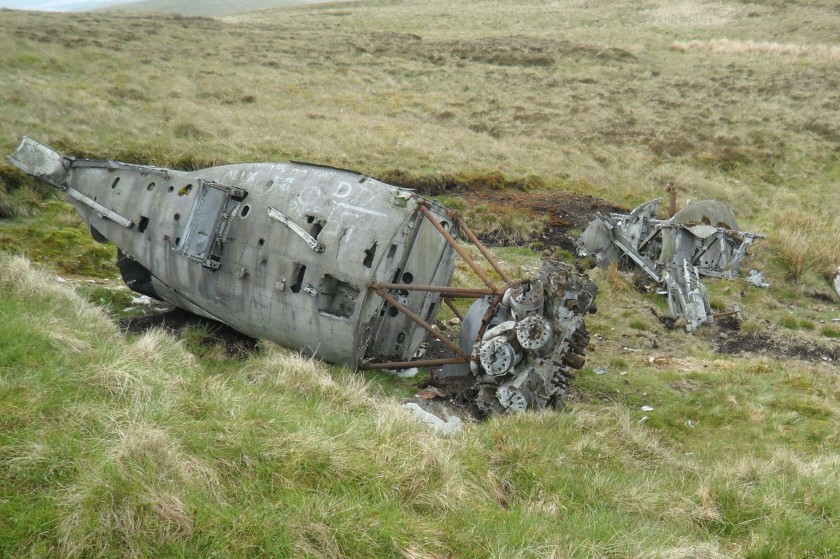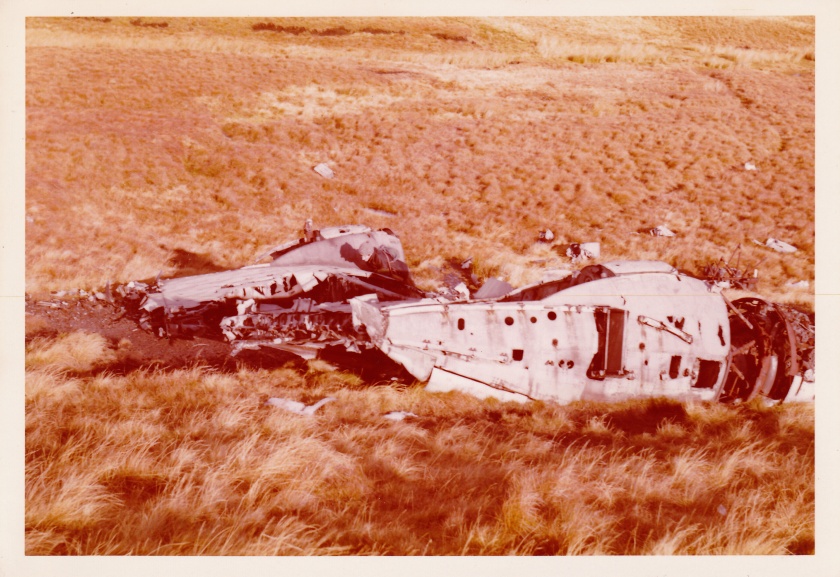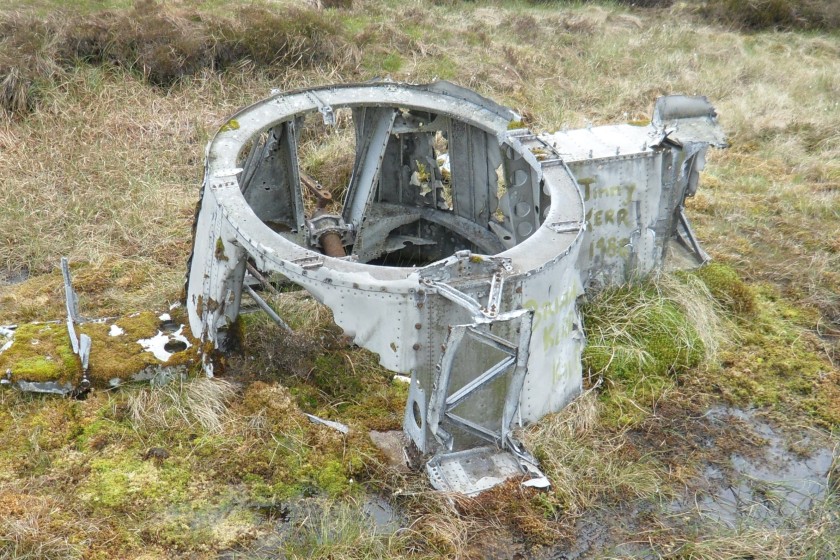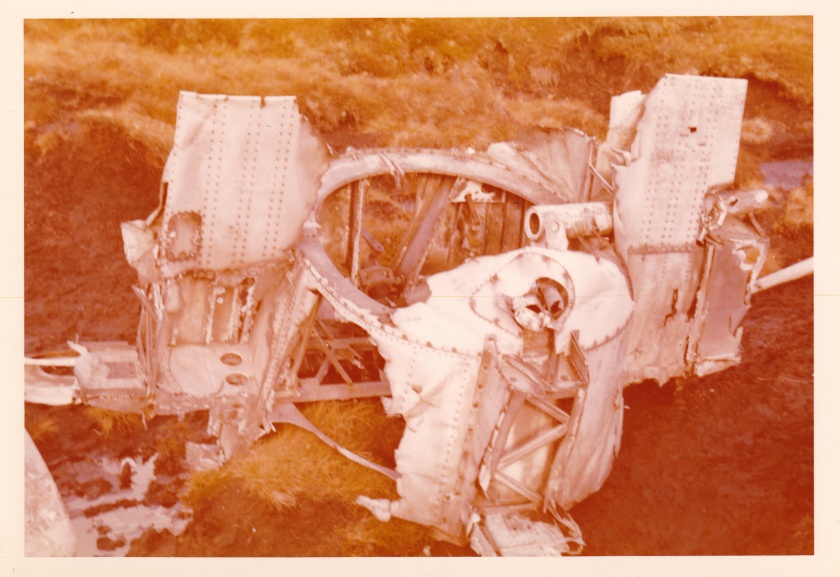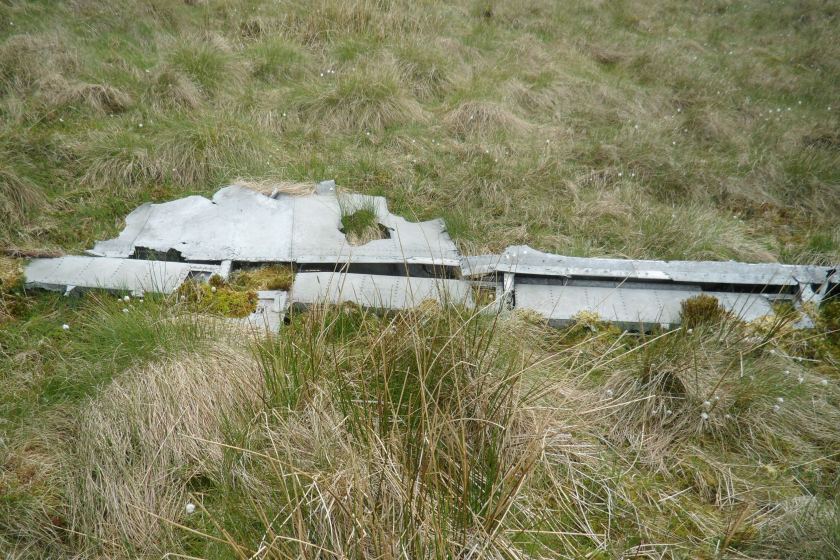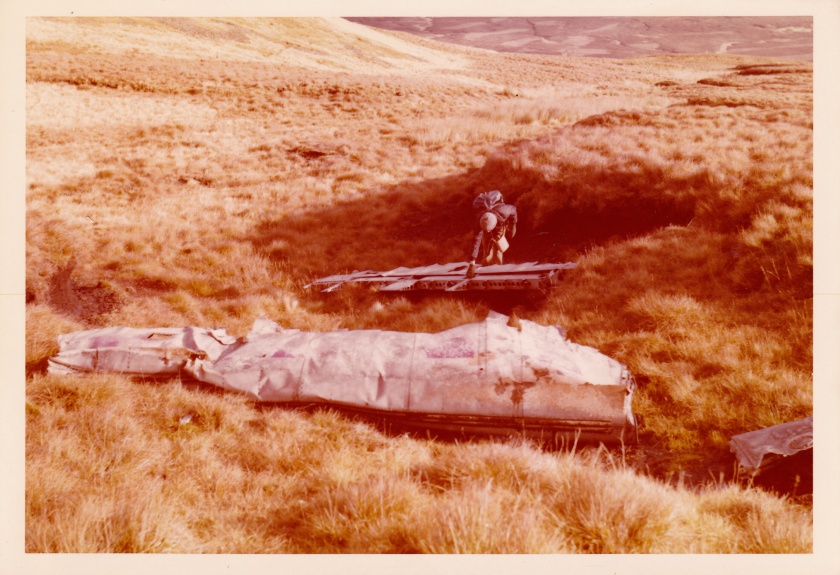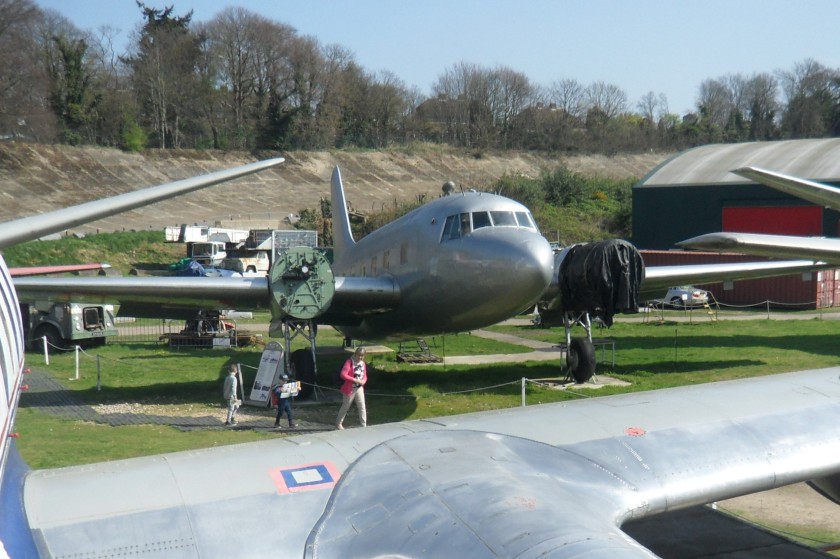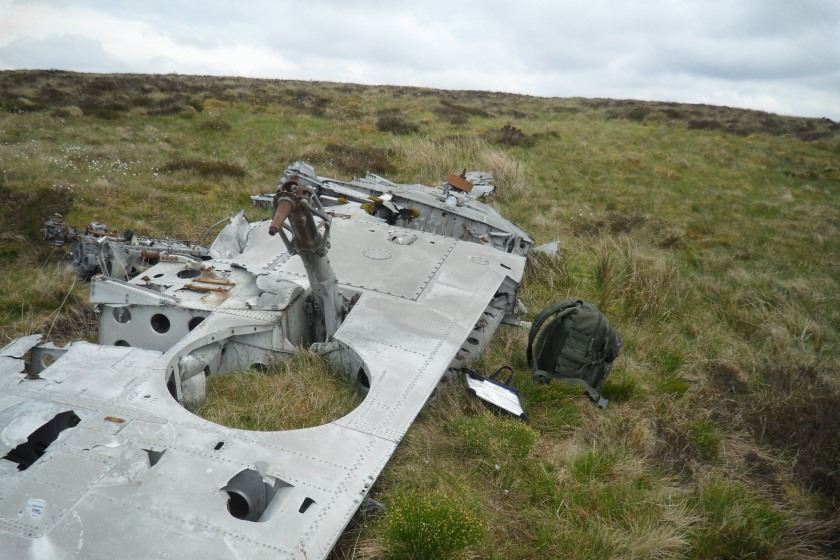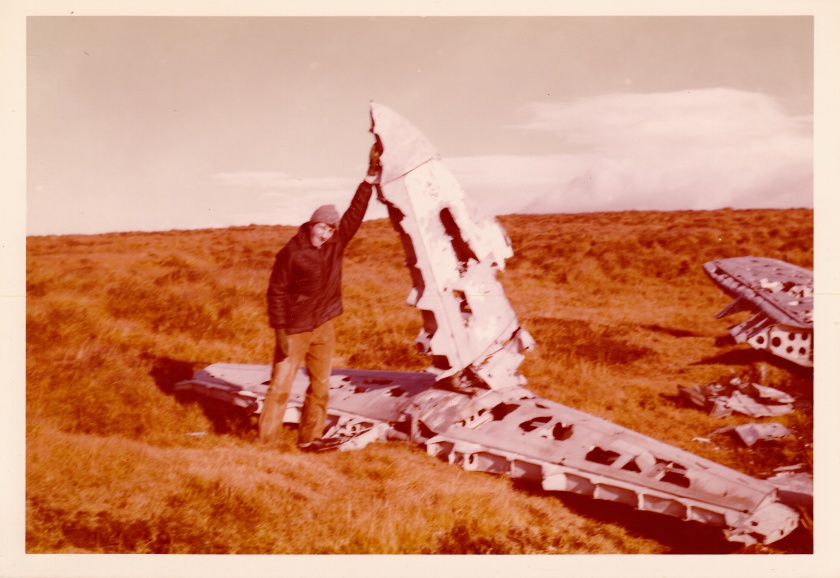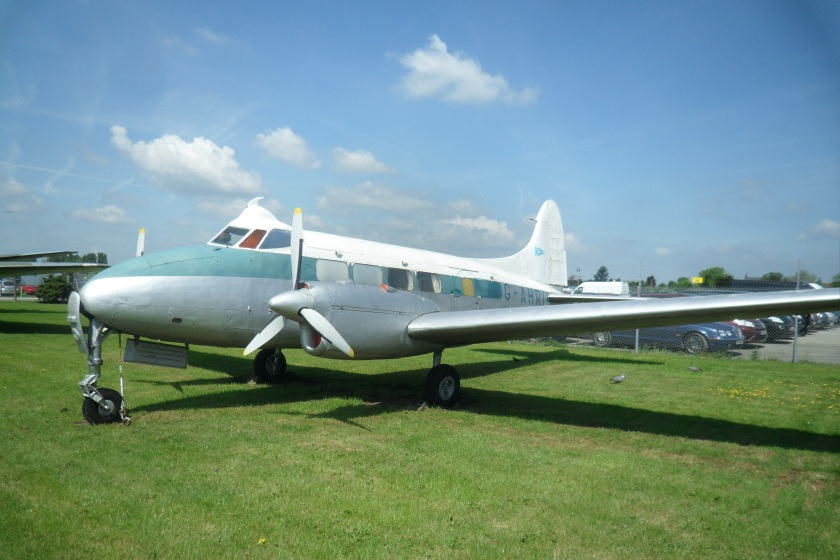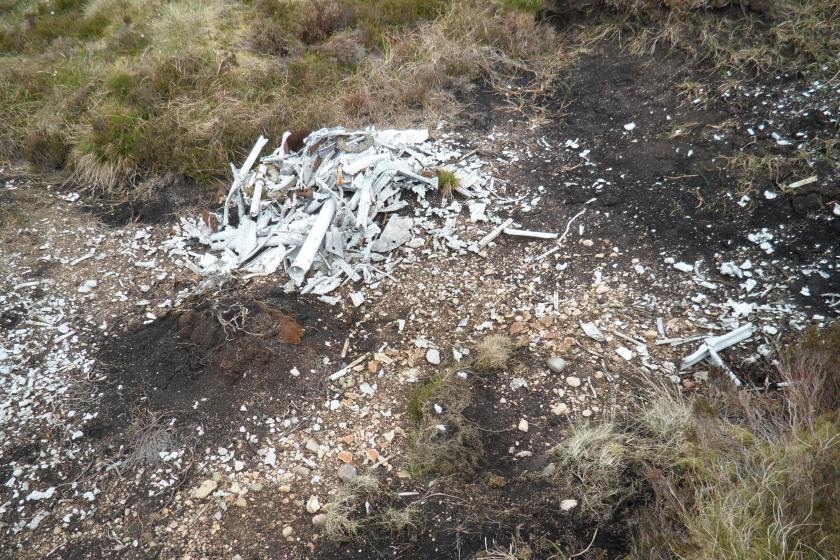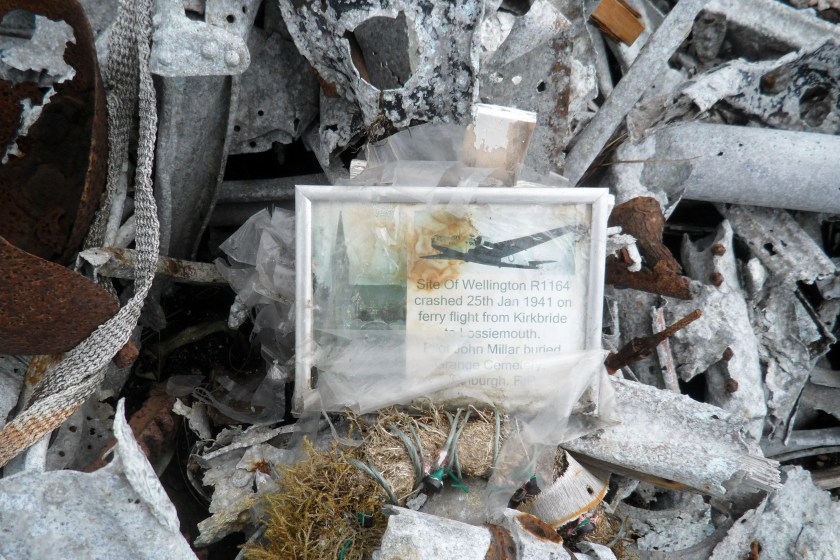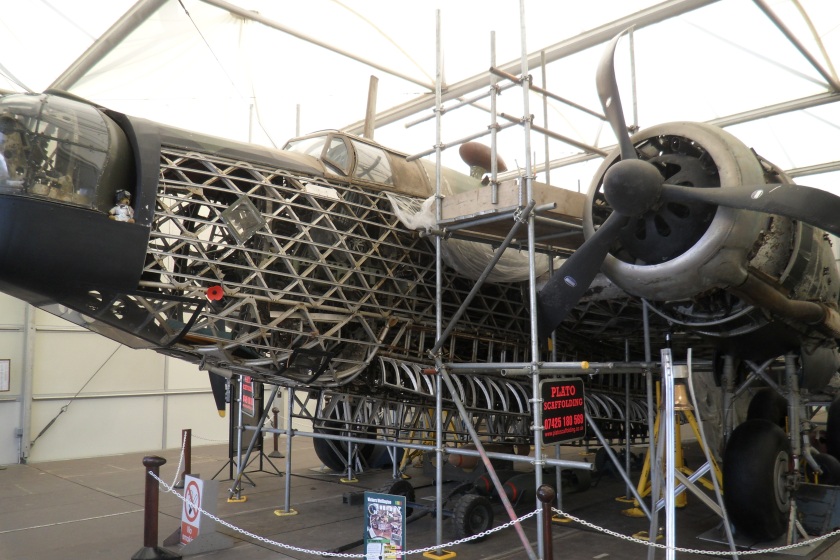With all the publicity and media reports about the Centenary of the end of the First World War and the signing of the Armistice, my thoughts have turned to my father, Gilbert Fleming, who fought in World War II. He volunteered for the Army in 1942 nine days after his 18th birthday and served with his local regiment, the Royal Scots Fusiliers in Paisley, Scotland. He completed his basic training in Scotland and then transferred to the south of England before being deployed to North Africa. He saw action in Libya and developed a taste for dates there. Who says the Scots don’t eat fruit.
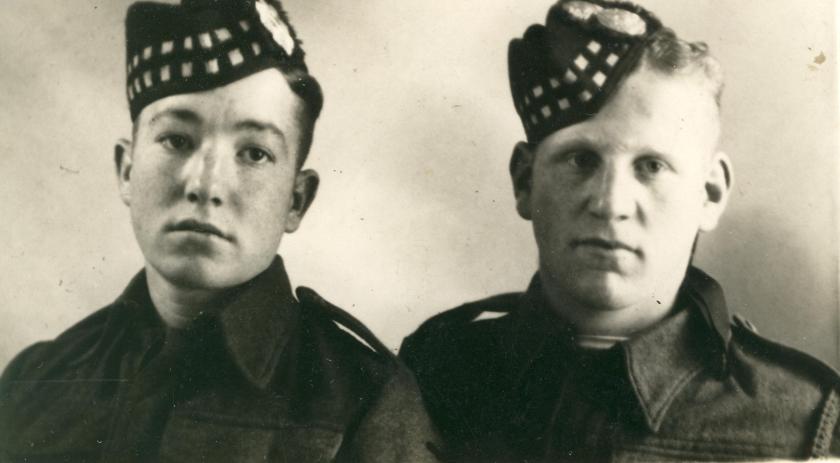
He was part of the invasion of Sicily, codenamed Operation Husky and then onto mainland Italy and took part in the assault of Monte Cassino. It was there while out on a night patrol that his platoon was ambushed, and he was wounded by a mortar round that landed quite close to him. He was fortunate in that his best friend was to his left and slightly ahead of him. He took the full force of the blast and was killed instantly. Coming around and lying on his back my dad could feel that his left leg was badly damaged and bleeding profusely. He couldn’t move. He didn’t know it then, but he had also lost some of the fingers on his left hand. The fighting was over quickly, and the German forces moved out of their positions to check for wounded and to take prisoners. My dad saw them moving towards his position and thought it might be best if he played dead. However, he saw one of the advancing soldiers use his bayonet to check that the body lying in front of him really was dead. My dad got out his crucifix from around his neck and held it out in front of him. The soldier that came up to him he described as being young, about his age, and seemed to be more scared than he was.
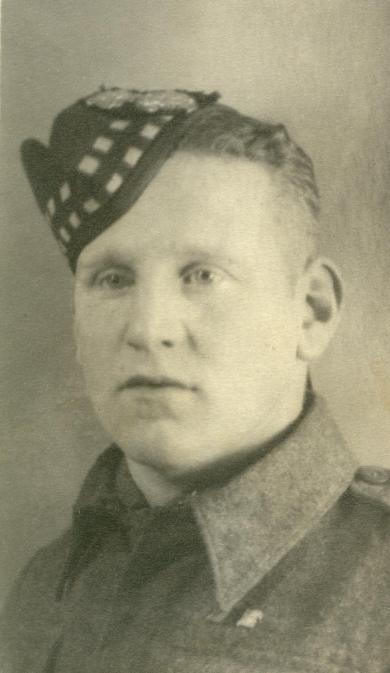
The young German called for a medic and my dad was taken to a medical field station. There he was seen by two doctors. A young doctor wanted to try and save his leg and the older doctor wanted to amputate. My dad lay on the table listening to these two doctors arguing over what to do and thought he might just bleed out in the process. The older doctor seemed to walk off in disgust and left the younger one to perform the surgery alone. This action by his ‘enemy’ saved my father’s leg and on his return to the UK it was determined that he had lost 80% of its function. It still allowed him to walk and he did not need to rely on crutches or even a walking stick to get around. His gait however was noticeably different from other men his age having to almost kick his leg forward to get his foot in the right position. He always spoke fondly of this Doctor who saved his leg, and his life.
Shortly after that he was transferred to the Stalag 13 in Germany where life was not so comfortable. The prisoners were not treated well by the camp guards but as my dad was quite seriously wounded he was left alone. A visit by the International Red Cross brought about my dad’s release into their custody as it was determined that he was no longer fit enough for combat. He was taken by train through Germany and up into Denmark. From there a boat to neutral Sweden and then safe passage through the minefields of the North Sea and around the top of Scotland. He disembarked at Liverpool sometime in early 1945. My mum kept a newspaper clipping of the report of him returning and if I can find it I will post it on this blog.
On my 19th birthday I caught my father weeping. Something he never did. He spent his 19th birthday in a prisoner of war camp in Germany, his left leg shattered, fingers blown off his left hand and his best friend dead. How different my 19th birthday was compared to his. My dad died in 1984 at just 59 and I still miss him and think about him.
I have lived every day of my life in peace, but that peace came at an awful cost.


